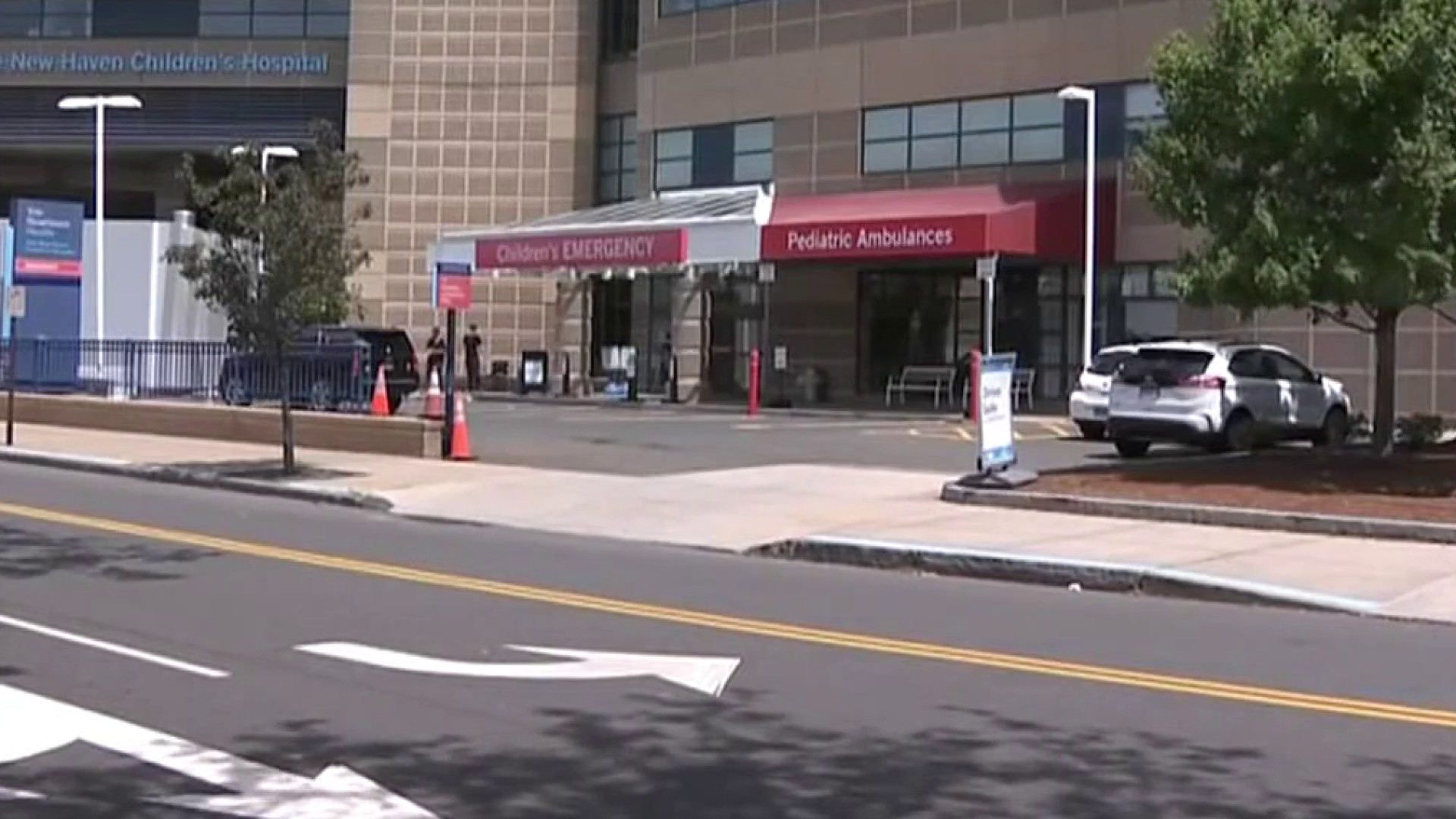There's a Connecticut company already ramping up efforts to makes thousands of electric vehicle chargers.
So who's buying them and how do they work?
NBC Connecticut's Mike Hydeck spoke with Ed Gilchrist, who owns a company called Gyre9 which makes electric vehicle charging stations.
Mike Hydeck: So to make the viable option, it has to be at least available, these chargers, at gas stations are now. So let's give a case in point here. If we have 100 cars at NBC Connecticut, would the plan be for like 50 charging stations in our parking lot? Will businesses have these too do you think?
Get Connecticut local news, weather forecasts and entertainment stories to your inbox. Sign up for NBC Connecticut newsletters.
Ed Gilchrist: Oh, yeah. Yeah, I mean, one of the comments when we talk to people about this, is understand that you're going to have a gas station at your house and you're going to have a gas station at your office basically, with EV chargers in both locations. So the need for them will be, you know, there'll be quite a need.
Mike Hydeck: Ubiquitous. All right, so as we see the rollout now, it seems rather sporadic, right. We see some at the mall, we see some at highway rest stops, on the interstates. Because of where you are in the engineering side, are you aware of any national rollout or logistical plan when it comes to all these companies making individual chargers and is the federal contract, that big like shining contract on the hill?
Ed Gilchrist: Well, for DC fast chargers, there's a lot of dollars available for the highways and infrastructure bills have come forward on the DC fast chargers. We're not in that business here. But on the level two chargers, which we're in, there are dollars available. Eversource and UI have quite a bit of funding to pay for installations at businesses and homes. And we're starting to see that roll out. It's really a quite large amount of money to be to be spent in that area.
Face the Facts
Face the Facts with NBC Connecticut goes beyond the headlines, asking newsmakers the tough questions, giving an in-depth analysis of the big stories.
Mike Hydeck: This is all still a very new industry for the layperson, a person who's driving a gas car. Talk about what's the difference between a DC fast charger and a level three charger. What's the difference in those things?
Ed Gilchrist: Well, you have level one chargers, which you plug into a wall outlet. Level two chargers go up to 19.2 kilowatts, so you get about 60 miles per hour of charge, 60 miles of charging. And then a level three or DC fast charger, they use both terms, those go up to all the way to, you know, you get 100 miles in ten minutes. And the DC fast chargers are large and expensive. And they will be useful, and will be the replacements for gas stations on highways. The level two chargers will be the ubiquitous ones. Those will be the ones at malls, at apartment buildings, at your house, at businesses. And the rollout will happen as people continue to buy EVs.
Mike Hydeck: Now, in the units you make, I did some research, I believe they cost about $6,000 a piece. Is that right? And is that the one that would be in our home?
Ed Gilchrist: No. So the level two chargers we make currently are for the commercial business. So they have revenue grade power meters in them so they can bill for the charging. Pump chargers, level two home chargers, run somewhere between $500 and $1,000. And there are rebate programs with Eversource to offset that cost. So they won't cost you nearly that much money.
Mike Hydeck: So you're talking about the speed here. It takes a few minutes to fill my gas tank from empty to full. Has the speed improved? Is the technology at a point where things can move, not nearly that quickly, but approaching that?
Ed Gilchrist: It's getting to that point. It's going to get to the point for the DC fast chargers where you're starting to approach, you know, fill up your tank in 10 minutes. But what's really going to happen there is those service stations that have DC fast chargers are going to almost be forced, but opportunity, to have more amenities. And I've had discussions with some of those companies putting those out there, where you know, they're going to be nicer restaurants, there's going to be more things to do at those places. Because for 10 minutes, that gets to that point where you're not going to want to sit in your car. So you're gonna go inside and buy a sandwich or a cup of coffee. So at the end of the day, it's going to be fast enough that you won't know the difference. And the reality is you're not going to use those as much. You're going to use those on long trips. You're going to wake up in the morning with your car already charged. So you generally won't need to be fast charging because a level two charger will charge your car in two to three hours. So when you plug it at night, it's charged by the time you wake up in the morning.
Mike Hydeck: So what about the future? Every time I buy a new iPhone or a new other kind of phone, I got to get a new charging cord. What happens when the technology improves? Does that mean, you have to retool your entire shop?
Ed Gilchrist: Well, it's evolving. You know, the one thing that's settled is that is, as far as I can see, is the connector that you connect to your car with. So that standard, although the standard continues to evolve, the decision on what connectors are going to be on electric vehicles, excluding Tesla, which has their own proprietary connector, the 98% of the non-Tesla cars use the same connector out there. So from that perspective, it's the same. However, the chargers are getting smarter and more connected. You're going to have vehicle to grid, so you can pull power off your car or vehicle to home, pull power off your car to to run your house. So that's gonna take a while before that's implemented. You see it in a few places, but that's going to be ubiquitous down the road. Two, three, four years down the road.



